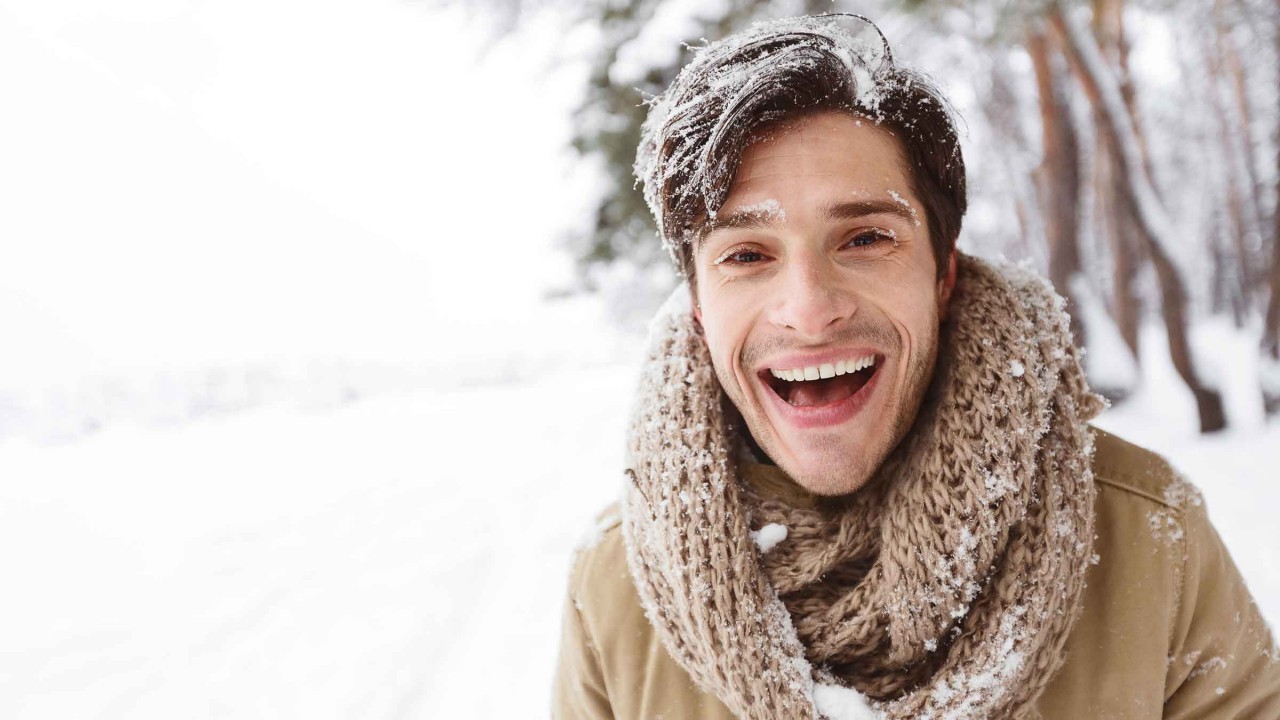5 things you may not know about staying healthy in cold weather

The lack of sunlight and bitter temperatures can give winter a bad rep when it comes to your health. You pull out all the tricks to try to stay warm and healthy, but some of your winter wellness habits may be based on long-standing myths. As a result, they may not work or in some cases could lead to other potential health concerns.
This winter, don’t let these five common misconceptions about cold weather health fool you.
1. Cold temperatures don't actually make you sick
People often think winter weather makes them sick, but the temperature isn’t to blame. While some research suggests the influenza virus may survive better in colder, drier weather, other factors are at play. Winter lifestyles usually mean spending more time inside in close quarters with others who may be sick, which makes it easier to contract things like the flu or a cold.
Consider these tips that may help strengthen your resistance to wintertime illness:
- Get the flu shot – the CDC recommends everyone 6 months of age and older should get the flu shot, with rare exception.
- Eat healthy foods – fruits and vegetables are rich in nutrients and vitamins like vitamin C, which is good for your immune system.
- Exercise – it can also help boost your immune system to better defend against infections.
- Get enough sleep – adults 18-64 should get 7-9 hours of sleep each night.
- Wash your hands – it helps remove germs and prevent infections.
2. You don't lose most of your body heat through your head
If you’ve been yelled at as a kid for running outside without a hat on, it was probably justified with the fact that most of your body heat escapes through you head – but it’s not true. Heat loss really depends on what body part is exposed. It’s still recommended to wear a hat when outdoors, because prolonged exposure to cold temperatures may lead to frostbite or hypothermia.
To help avoid the risk of your core body temperature dropping below 95 degrees, be sure to wear:
- A hat
- A scarf or mask that covers your face and mouth
- A water-resistant coat
- Mittens or gloves
- Several layers of loose-fitting clothing
- Water resistant boots
3. Lack of sunlight isn't the only reason for SAD
The cold dreary winter months can bring on feelings of sadness, known as seasonal affective disorder (SAD). But it’s not just due to the lack of sun. Wintertime can mean busy schedules, family stress and holiday spending, which all can trigger SAD.
If you think you have SAD, talk to your doctor. They will do a thorough evaluation and may provide medical treatment options. Consider trying some lifestyle and home remedies to help reduce stress and improve your mood:
- Brighten your environment. Open your blinds to let some natural sunlight into your home.
- Practice mindfulness. Yoga and meditation may help reduce your stress to help you cope with SAD.
- Go outside. Enjoy the fresh air by taking a walk or simply sitting outside. Even when it’s cold, bundling up and being surrounded by nature has an almost immediate effect on stress and may improve wellness.
- Exercise regularly. Your body will release endorphins, which help fight stress and can trigger positive feelings in your body.
4. Don't jump into a hot bath after being freezing cold
Your first instinct after coming in from the cold may be to get warm as fast as you can. But avoid jumping into a scorching hot tub too soon, as it may cause a rapid drop in blood pressure if your body temperature fluctuates too quickly – which could make you feel faint or even become unconscious.
Instead, allow your body to gradually warm up. Throw on some more layers, a pair of fuzzy socks or slippers and cuddle up by the fire with a toasty seasonal drink.
5. Don't skip the sunscreen
Sunscreen usually lives in your beach bag, but don’t forget to bring it out in the winter, too. UV rays can damage your skin year-round, especially when it reflects off of the snow and ice. In fact, snow reflects up to 80 percent of the sun’s UV light, so the rays may hit you twice.
To help protect your skin from the risk of skin cancer in the cold, consider these tips:
- Apply a moisturizing sunscreen with an SPF of 15 or higher (bonus: It may help with your dry skin, too).
- Cover up with UV-blocking sunglasses, a hat and scarf when heading outdoors
- Try avoiding peak sun hours between 10 a.m. and 4 p.m.
Now that you have some extra winter wisdom, hopefully it will help you stay a bit warmer and healthier until the temperatures creep back up.

